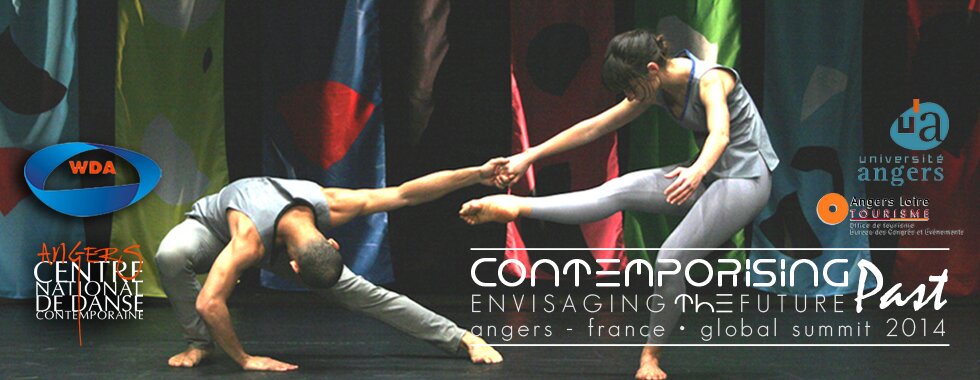Acts of embodiment & imagination in the practice of performance
This research examines solo dance practice and the role of the imagination in performance. The act of embodiment is examined in choreographic process in terms of how ideas, images, textural and sound triggers are engaged within the present and interact with the personal accumulation of lived experiences – our particular history. The role of the imagination, how it is triggered and how this can be mapped and integrated to create sensibility and aesthetic in a performance is explored. The research attempts to track the poetics of the imagination through its embodied manifestations. It reflects many approaches, including the use of symbolic systems that allude to images in the mind’s eye, hypnagogic images, and the possibility that poetic imaginings given choreographic form may arise via dialogue with inner figures, and auditory and somatosensory impressions. Jungian psychology and yogic philosophy are drawn upon to support the exploration of the interior landscape of the performer. Film and video have been components of my choreographic process and in the work 10,000 small deaths I work with a live-feed camera filming in the space as well as pre-recorded video. The camera acts as another point of view and tool for exploring time, with the ability to slip into the past, present and future. The performer, present as a living, experiencing being, embodies her particular history even as she is an active agent in the ongoing creation of self. This process of coming into being underpins the poetic undertaking of the work.
Ce travail de recherche étudie la pratique de la danse solo et le rôle de l’imagination dans la représentation. L’acte d’intégration corporelle est examiné dans un processus chorégraphique à travers les questions suivantes : comment des idées, des images, des déclencheurs textuels et sonores participent-ils au présent et interagissent-ils avec l’accumulation d’expériences vécues – notre histoire particulière ? Le rôle de l’imagination, la façon dont elle est enclenchée et dont elle peut être consignée et intégrée afin de créer sensibilité et esthétique dans une représentation sont explorés. Ce travail de recherche tente de suivre la poétique de l’imagination dans ses manifestations incarnées. Il est le reflet d’approches multiples, en particulier l’utilisation des systèmes symboliques qui fait allusion aux images vues de l’esprit, aux images hypnagogiques et à la possibilité qu’une forme chorégraphique poétique donnée émerge à travers un dialogue avec des personnages intérieurs et des impressions auditives et somato-sensorielles. Pour explorer le paysage intérieur de l’interprète, il est fait appel à la psychologie de Jung et à la philosophie du yoga. Film et vidéo ont été des composants de mon processus chorégraphique et, dans 10 000 small deaths, je travaille avec une caméra filmant en direct dans l’espace aussi bien qu’avec une vidéo pré-enregistrée. La caméra agit comme un autre point de vue et un outil pour explorer le temps – avec la possibilité de glisser dans le passé, le présent et le futur. L’interprète, présente en tant qu’être vivant et réalisatrice, incarne sa propre histoire même si elle est active dans la création en cours du soi. Ce processus de rentrée dans l’être étaye la promesse poétique de l’œuvre.
Paula Lay
University of Melbourne, Australia

